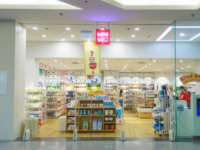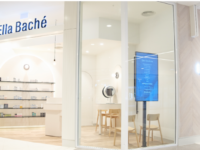The production, retail, hospitality and distribution industries have been most affected by supply chain issues. As a result, almost one in four businesses are purchasing more from local Australian companies to overcome supply chain problems rather than importing from overseas, new Commonwealth Bank research shows.
The research suggests most businesses are maintaining a positive outlook regarding purchasing plans, notwithstanding the major challenges of continuing supply chain issues and rising costs.
Mike Vacy-Lyle, CBA’s Group Executive, Business Banking, said many businesses were turning to innovation and investment to protect themselves and grow. “Despite difficult conditions, many businesses are planning to innovate and adapt to increase their revenue, and one in three anticipate growth in profits in the next 12 months,” he said.
Adapting to meet shortages
Vacy-Lyle added one in four businesses are now purchasing more from local suppliers instead of importing from overseas.
“It would appear businesses aren’t waiting for supply chain issues to ease, but rather are adapting with new procurement processes and asset management,” he said. “Many businesses are also extending the life of current equipment or sourcing cheaper products and brands not normally considered to overcome supply chain problems.”
The construction industry was the worst affected by rising costs, with 86 per cent of respondents in that sector expecting increased costs over the coming year.
The research shows the top three initiatives that businesses are investing in to strengthen business activities this financial year are: reducing or restructuring operating cost and debt; adapting business strategies to increase competitiveness; and investing in new vehicles, equipment or plant.
Vacy-Lyle said demand for finance remained steady, with two in five businesses predicting an increase in finance needs over the next year. “In an inflationary business environment it’s not surprising that reducing costs is a key focus however, many businesses are adapting strategies to the changing operating landscape and investing in new vehicles, equipment and technologies to strengthen their businesses over the next 12 months.”











